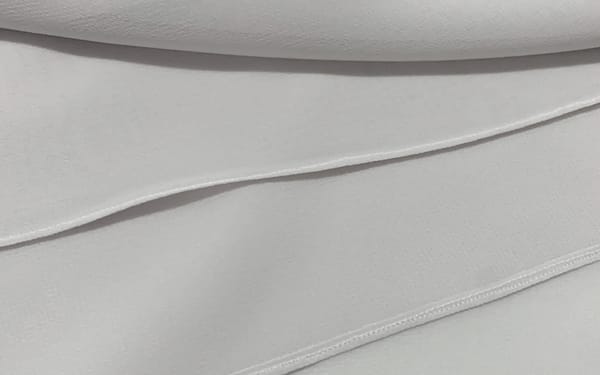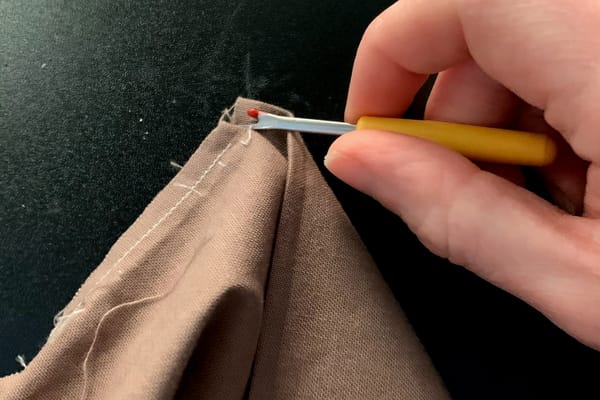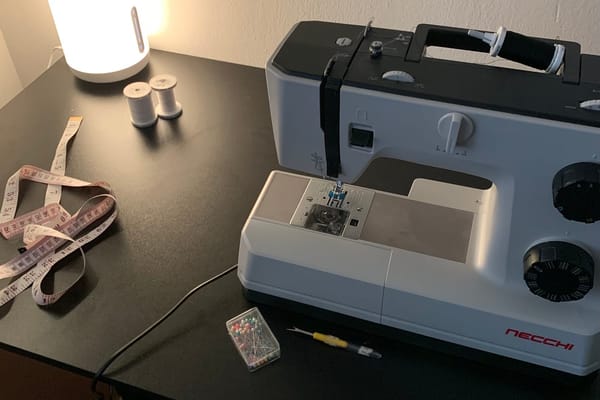Understanding Seam Allowances: A Guide for Beginners
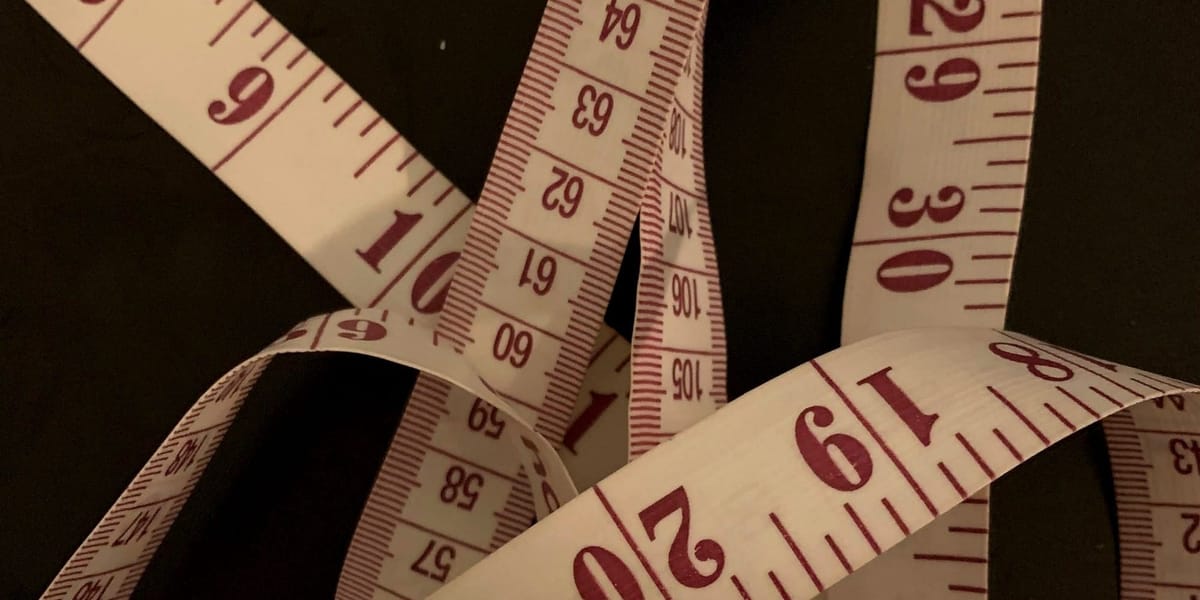
When you're about to start a sewing project, it's so important to understand something about seam allowances. It might seem like a small detail, but it can actually have a big impact on how your garment turns out. This guide will break down everything you need to know about seam allowances.
So, what exactly is a seam allowance?
A seam allowance is the extra bit of fabric added to the edges of a pattern piece that allows you to sew seams together. It is the space between the edge of the fabric and the seam line. It gives you that little bit of extra room to stitch, so you can be sure that when you're done, your finished piece will still be the perfect fit. Seam allowances give you the flexibility to make adjustments and alterations.
Why is Seam Allowance Important?
- Ensures proper fit and structure of a garment
- Provides room for fabric fraying
- Allows for adjustments or alterations
- Helps maintain durability in seams
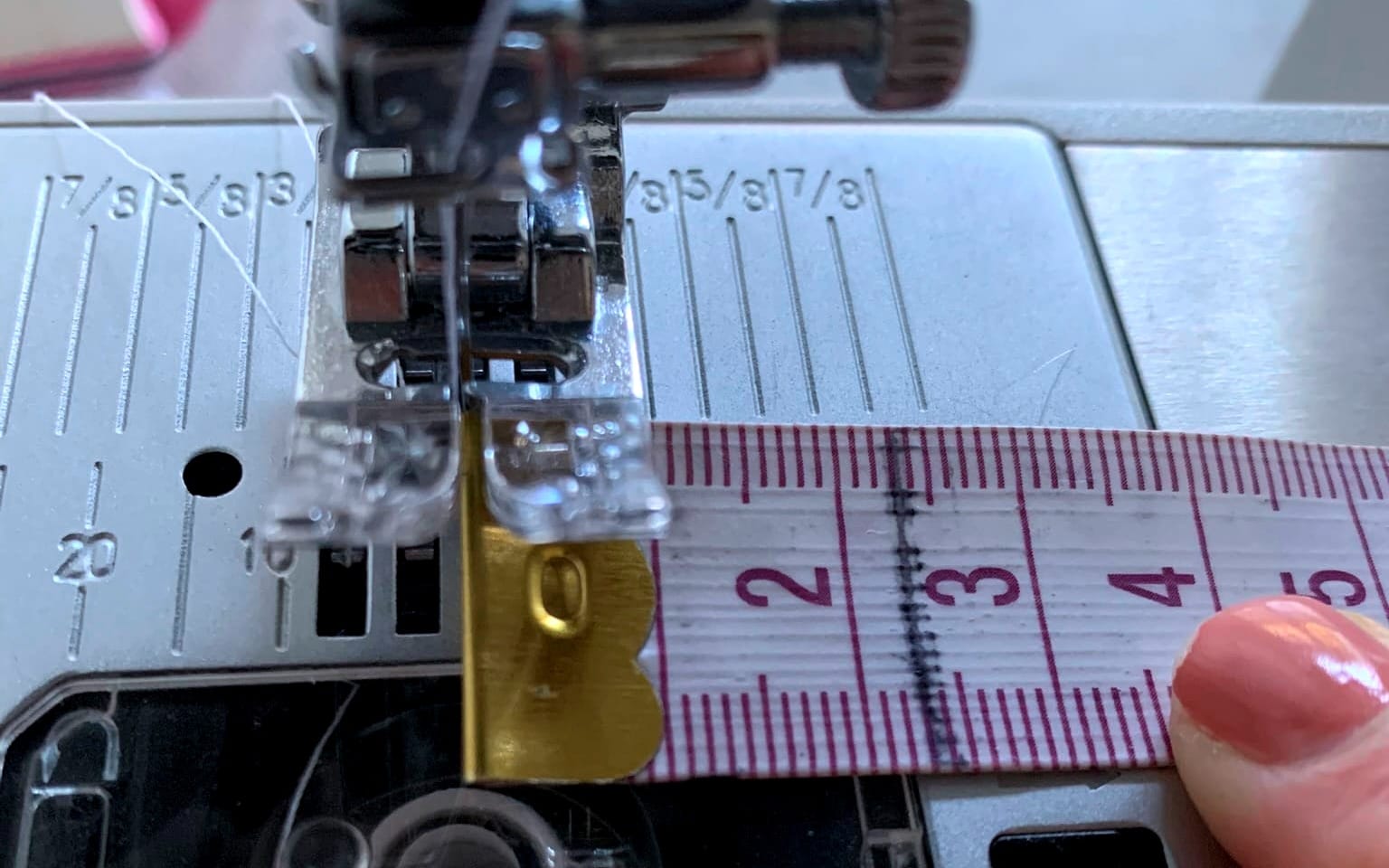
How to Sew a Seam with Standard Allowance Correctly
The seam allowance is included in most commercial patterns, so simply cut the fabric as indicated on the pattern. A standard seam allowance range between 1 cm (3/8 inch) and 1.5 cm (5/8 inch). It’s always important to check the sewing pattern instructions, as some designers may specify different seam allowances.
You will see lines drawn on the plate of your sewing machine. These lines are spaced apart, showing the space between the needle and the line. Use these to determine the width of the seam allowance when sewing.
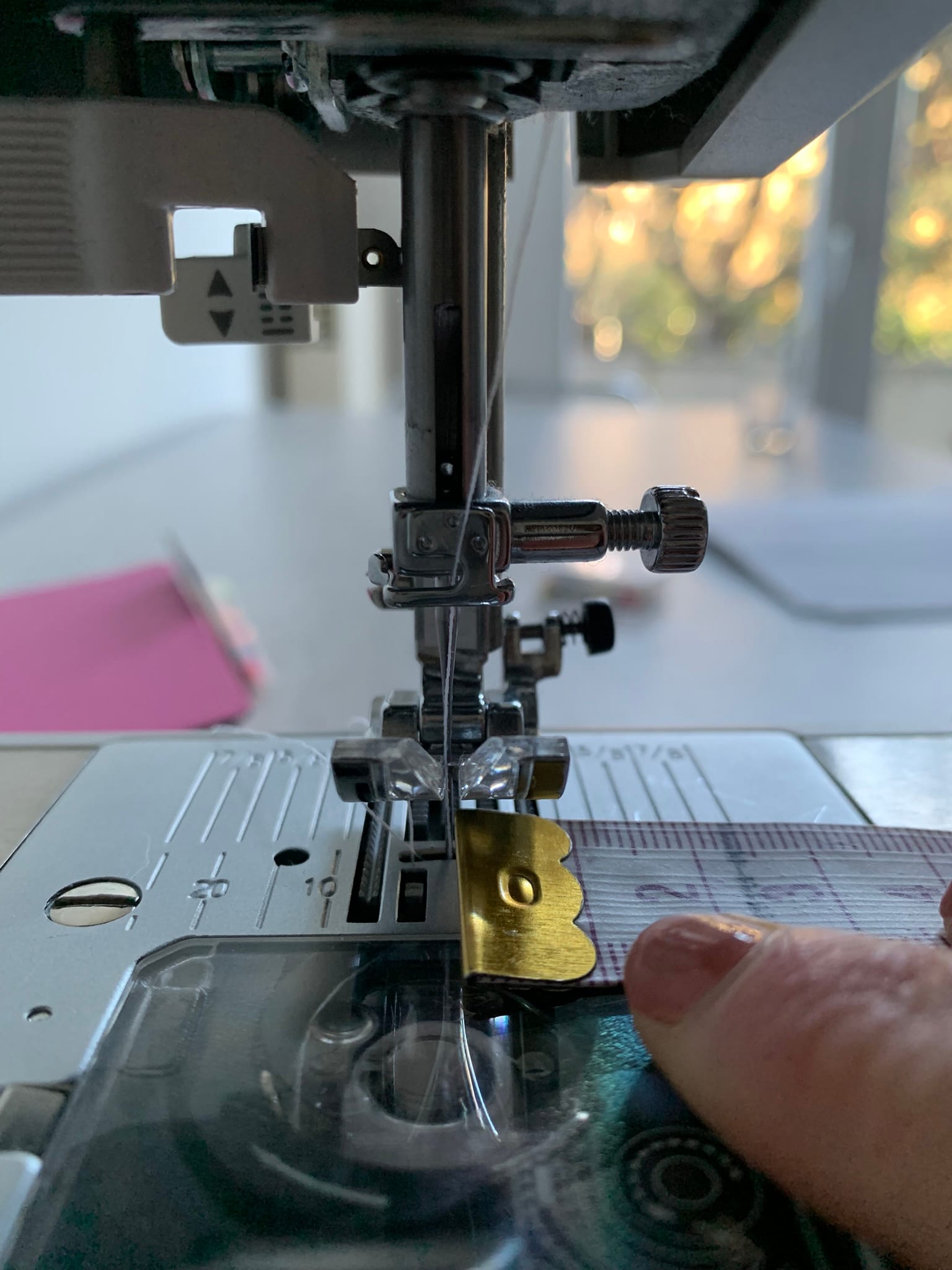
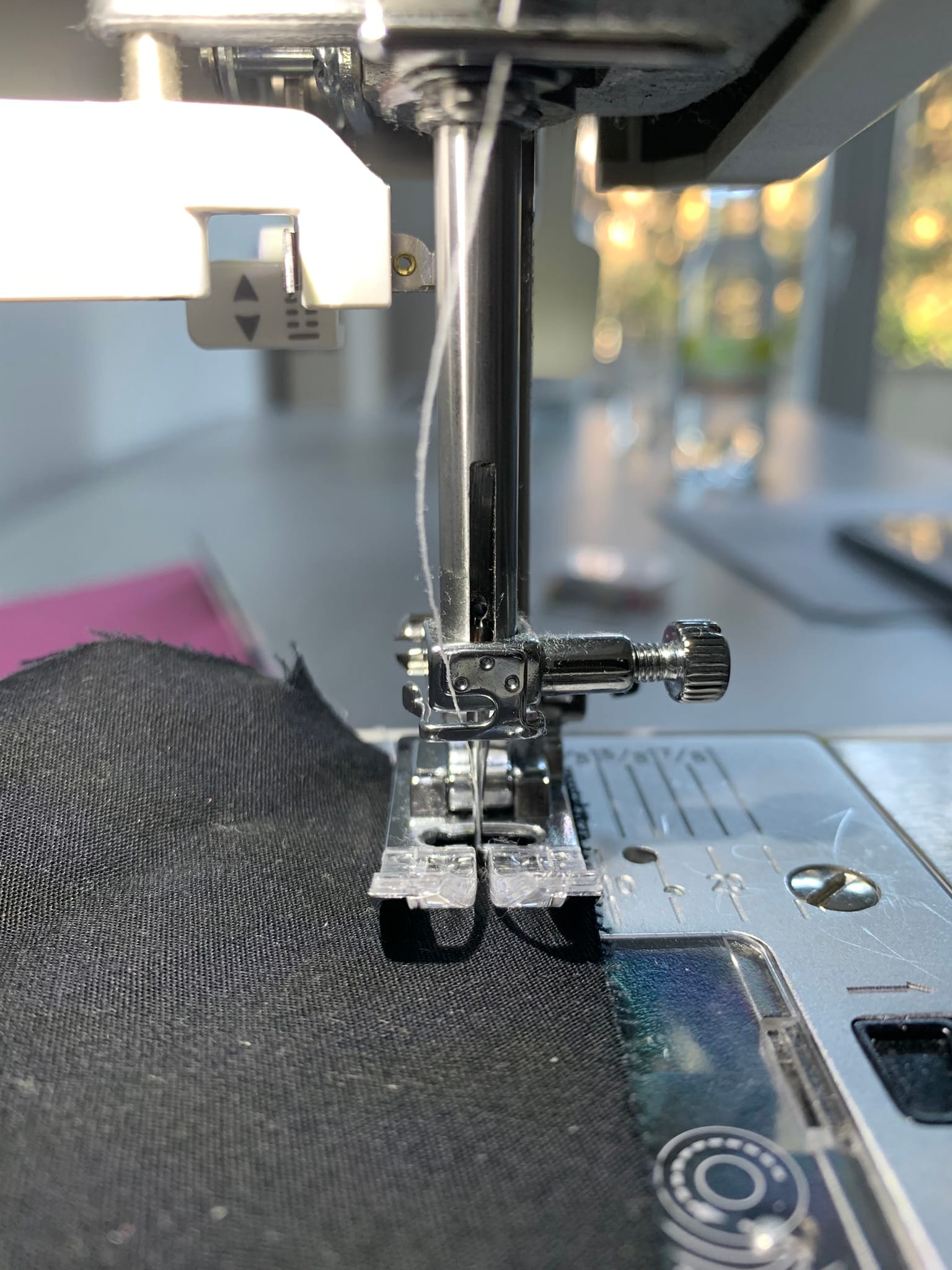

For example, if you are sewing a garment with a 1 cm (3/8 inch) seam allowance, you must place the edge of the fabric on the line at 3/8". Note that your needle may not always be placed in the middle. Use a tape measure to double-check this.
Types of Seam Allowances & Their Uses
1. Standard Seam Allowance
- Used in most garment patterns.
- Typically finished with pinking shears, a zigzag stitch, or an overlocker.
2. Narrow Seam Allowance
- Ideal for lightweight fabrics like chiffon and silk.
- Often seen in delicate garments or lingerie.
3. Wide Seam Allowance
- Provides extra fabric for adjustments.
- Common in couture or high-end tailoring to allow future resizing. Ideal when you sew a voile, before sewing the actual garment.
4. French Seam
- Used for delicate or sheer fabrics.
- Encases raw edges for a clean, professional look. Improve comfort and aesthetic.
5. Flat-Felled Seam
- Found in jeans and heavy-duty garments.
- Provides durability and a finished appearance inside and out.
Common Mistakes & How to Avoid Them
✖ Inconsistent Seam Allowance: Maintain a consistent seam allowance to ensure an even and precise fit. A seam guide on your machine can help!
✖ Not Finishing Raw Edges: Use pinking shears, zigzag stitches, or an overlocker to prevent fraying.
Conclusion
Mastering the art of seam allowances is the secret to creating stunning, professional-looking sewing projects! By perfecting this essential skill, you'll elevate the durability, fit and quality of your handmade creations to new heights. Get ready to take your sewing projects to the next level, and watch the magic happen!
Happy sewing,
Faustine 🩷
